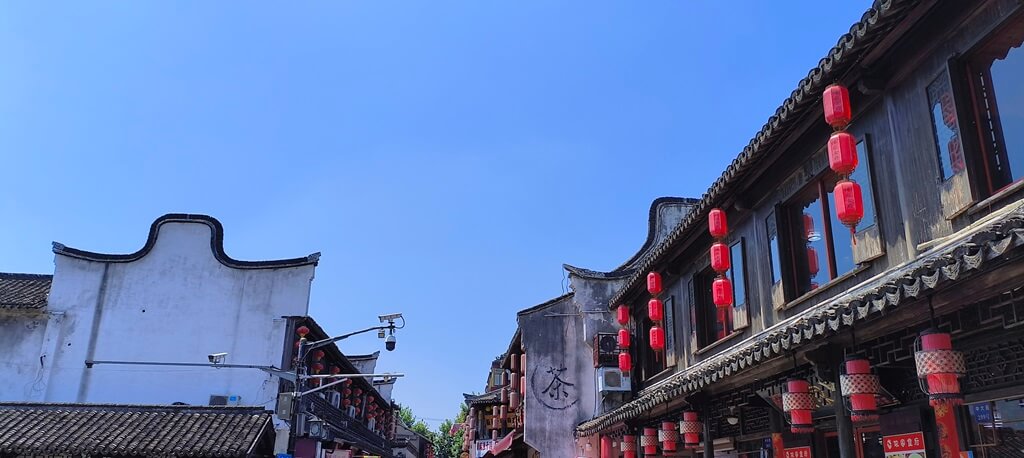This articleis a critique of Deng Xiaoping’s Let Some People Get Rich Firstpolicy, arguing that the period before the reform and opening-up (1978) was not a time of common backwardness as Deng claimed, but rather a period of common prosperity.
The article uses data from theWorld Bank to compare China’s GDP per capita with that of other countries, both developed (G7) and developing (India, Thailand, Malaysia). Itargues that China’s GDP per capita relative to these countries was higher during the Mao era than it was during the Deng era.
Here are some key points from the article:
Arguments:
- China’s GDPper capita relative to G7 countries was higher during the Mao era than during the Deng era. The article provides data showing that China’s GDP per capita as a percentage of the US, Japan, Germany, UK, France, Italy, and Canadawas higher in the 1960s and 1970s than it was in the 1980s and 1990s.
- China’s GDP per capita relative to India, Thailand, and Malaysia was also higher during the Mao era. The articleprovides data showing that China’s GDP per capita as a percentage of these countries was higher in the 1960s and 1970s than it was in the 1980s and 1990s.
- The article argues that Deng’s Let Some People GetRich First policy has led to a widening gap between the rich and the poor. The article does not provide specific data on income inequality, but it implies that the policy has exacerbated the problem.
Methodology:
- The article uses data from the World Bank to compare China’s GDP per capita with that of othercountries.
- The article uses graphs to visually represent the data.
Limitations:
- The article does not provide a detailed analysis of the factors that contributed to China’s economic growth during the Mao era.
- The article does not address the potential impact of the Cultural Revolution on China’s economicdevelopment.
- The article does not consider the potential benefits of Deng’s Let Some People Get Rich First policy, such as the rapid economic growth that China has experienced since the reform and opening-up.
Overall:
The article presents a strong argument that China’s economic performance during the Maoera was not as bad as Deng Xiaoping claimed. However, it is important to note that the article only presents one side of the story and does not address the potential benefits of Deng’s policies.
As a professional journalist and editor, here are some questions I would have for the author:
- Whatspecific factors contributed to China’s economic growth during the Mao era?
- How did the Cultural Revolution impact China’s economic development?
- What are the potential benefits of Deng’s Let Some People Get Rich First policy?
- What data can you provide on income inequality in China?
I would alsowant to verify the accuracy of the data presented in the article.
Views: 0
